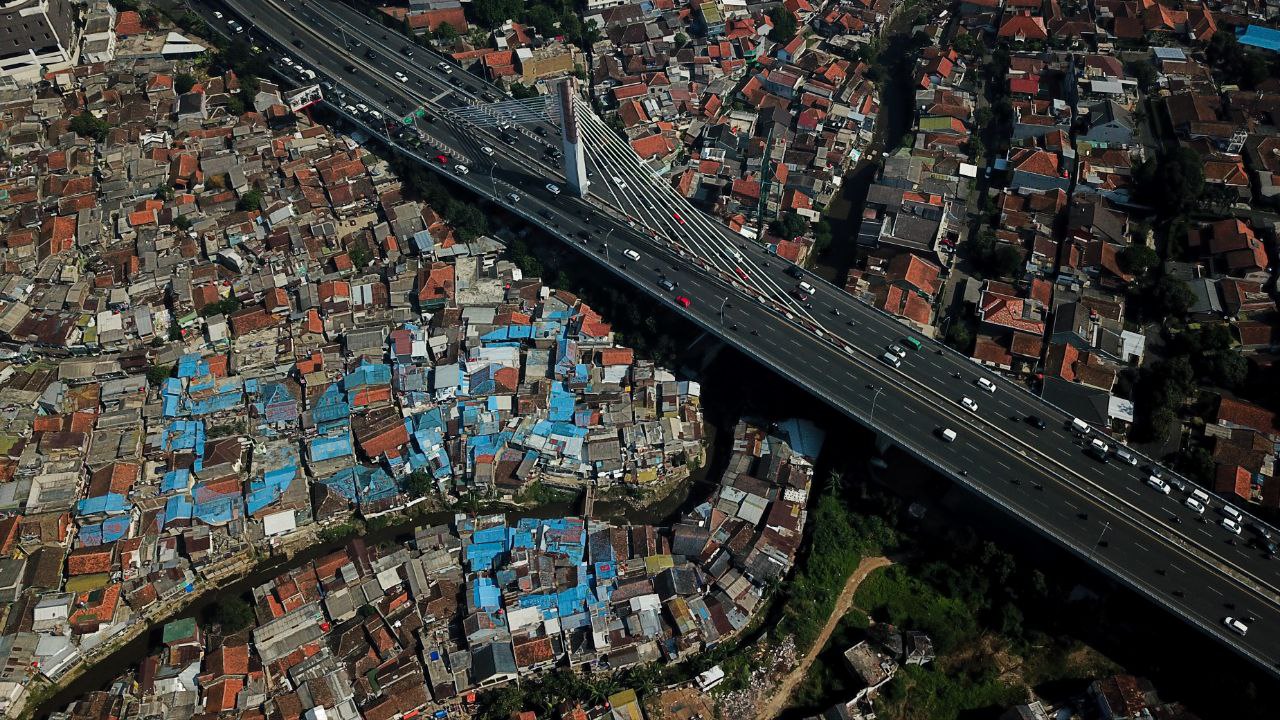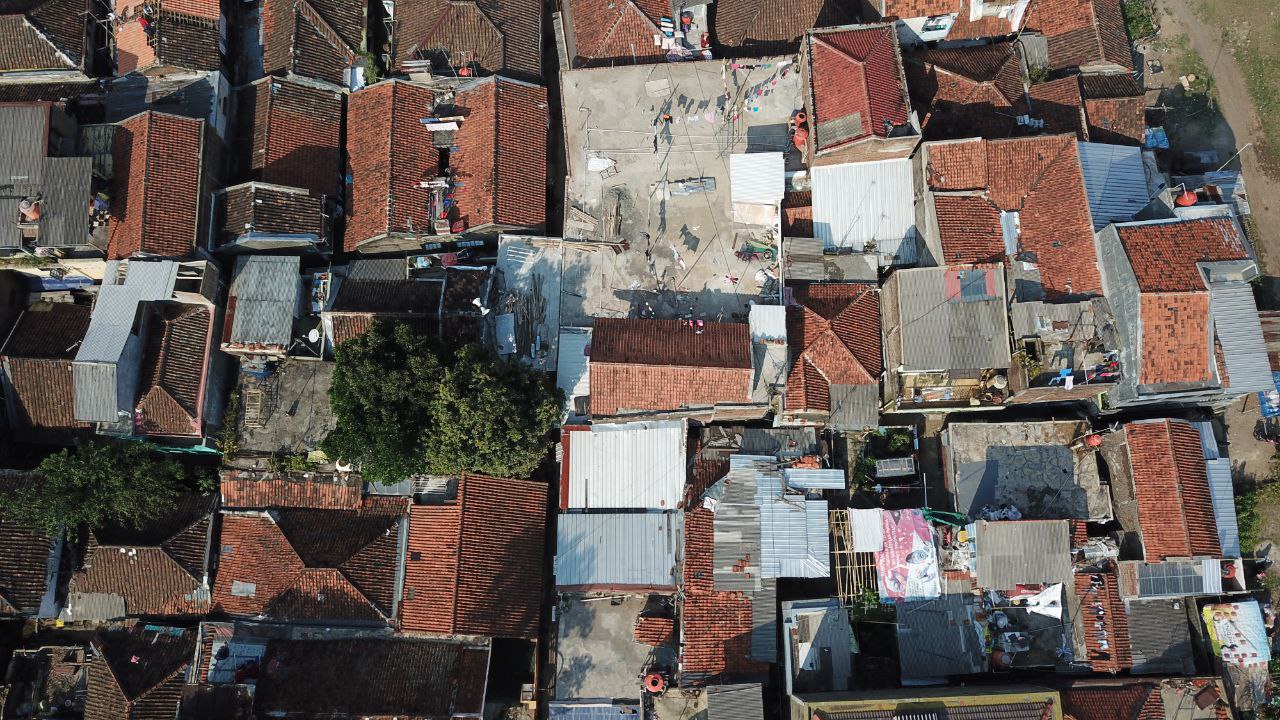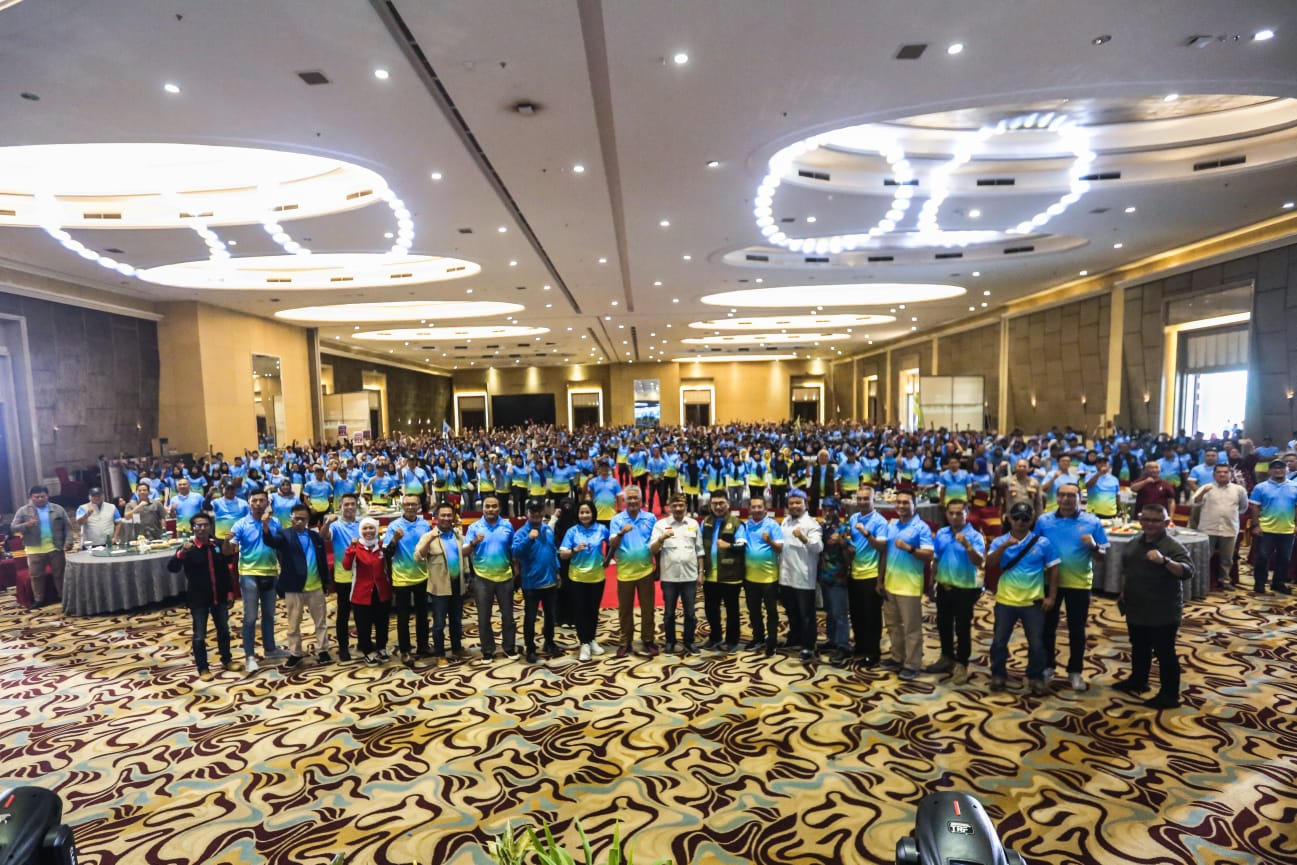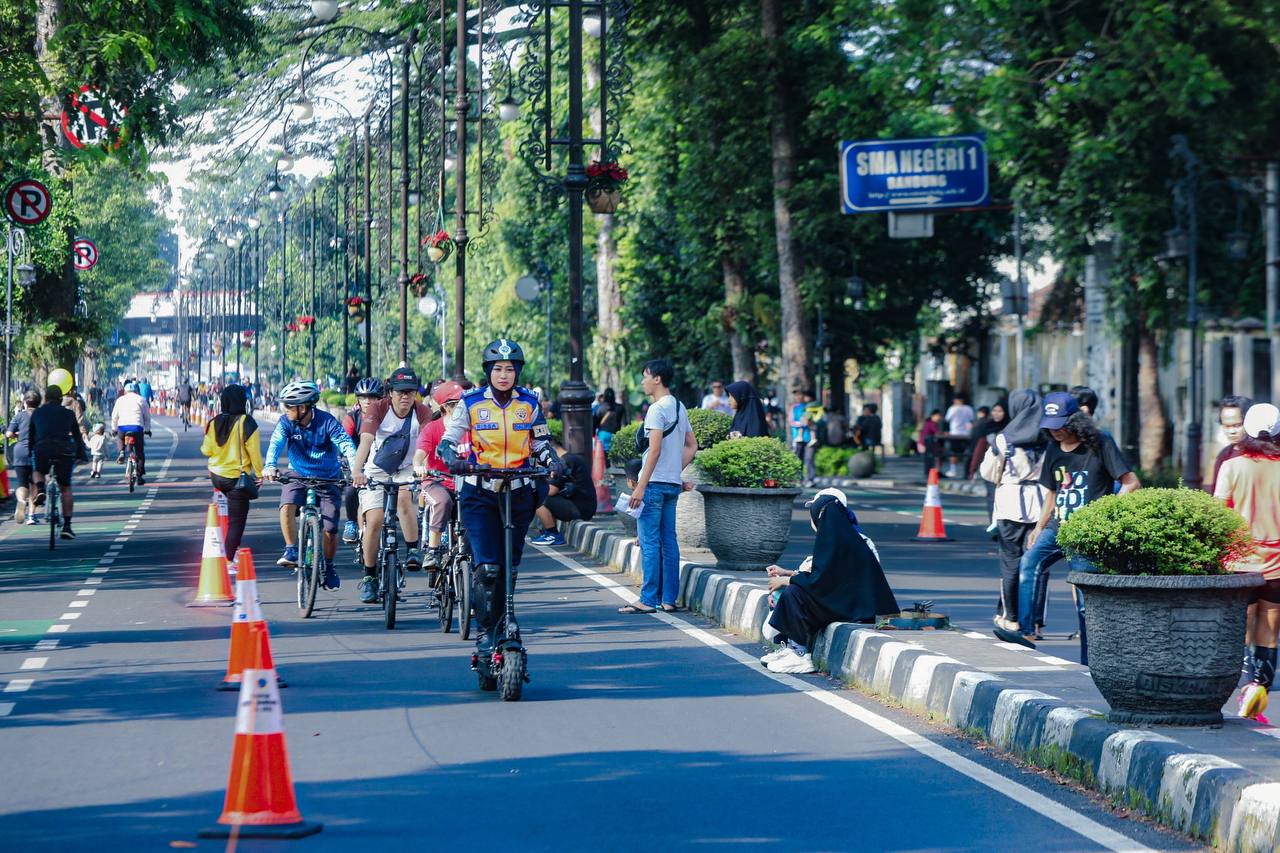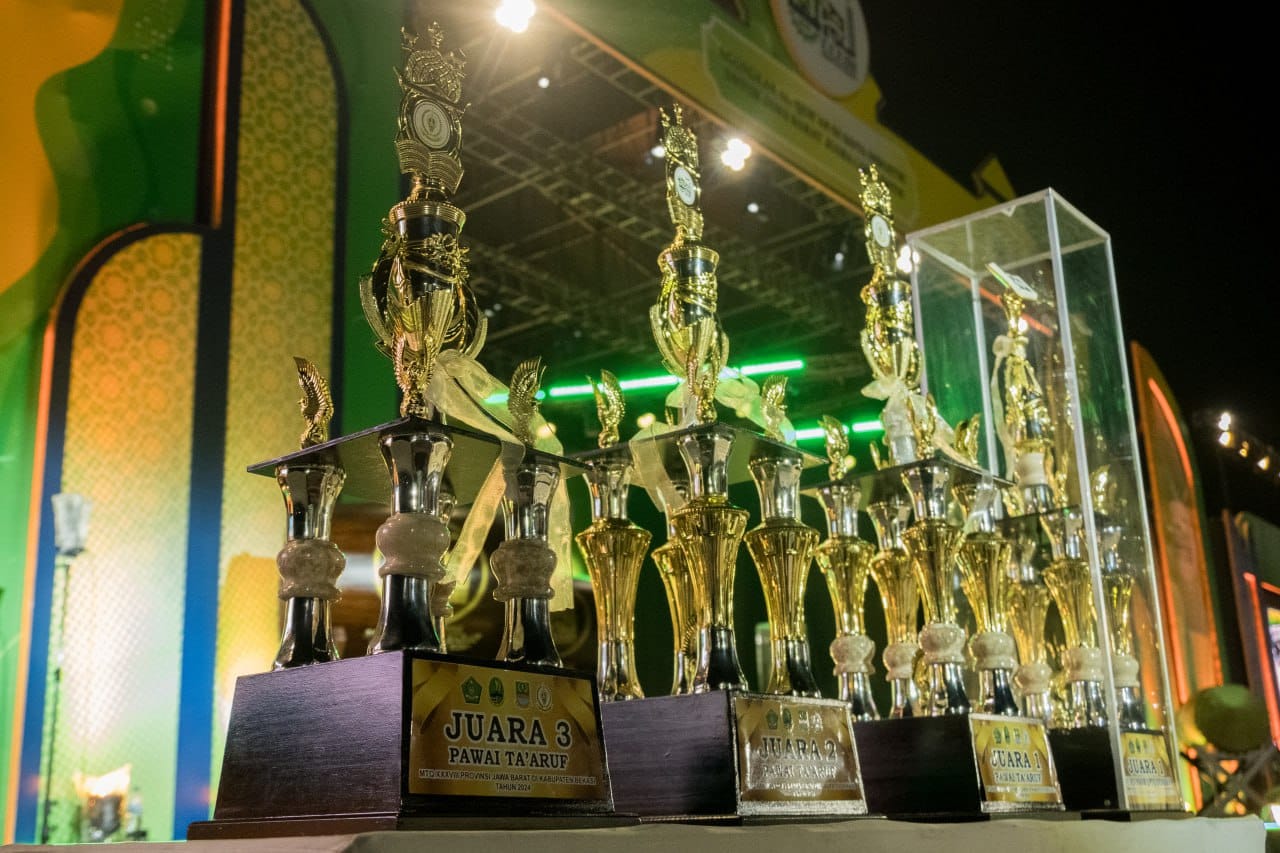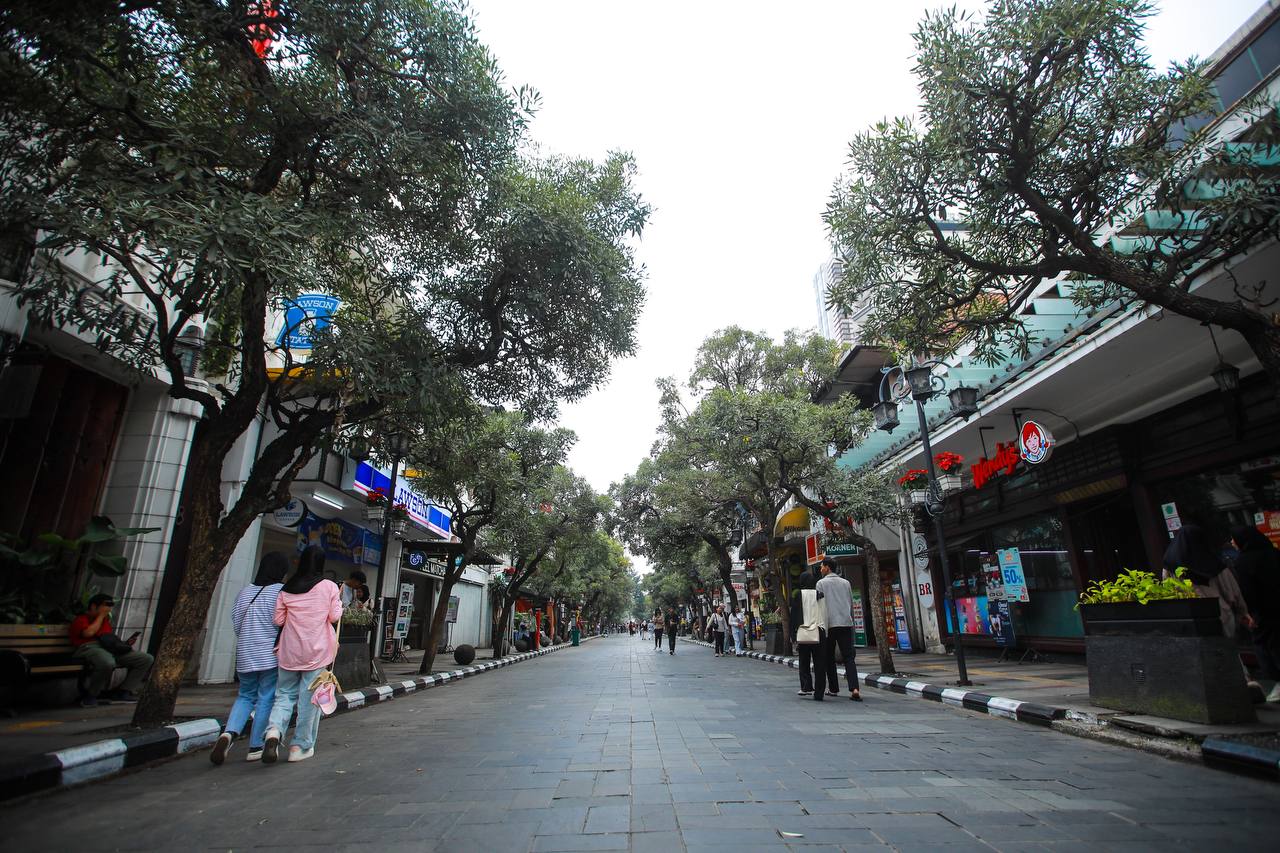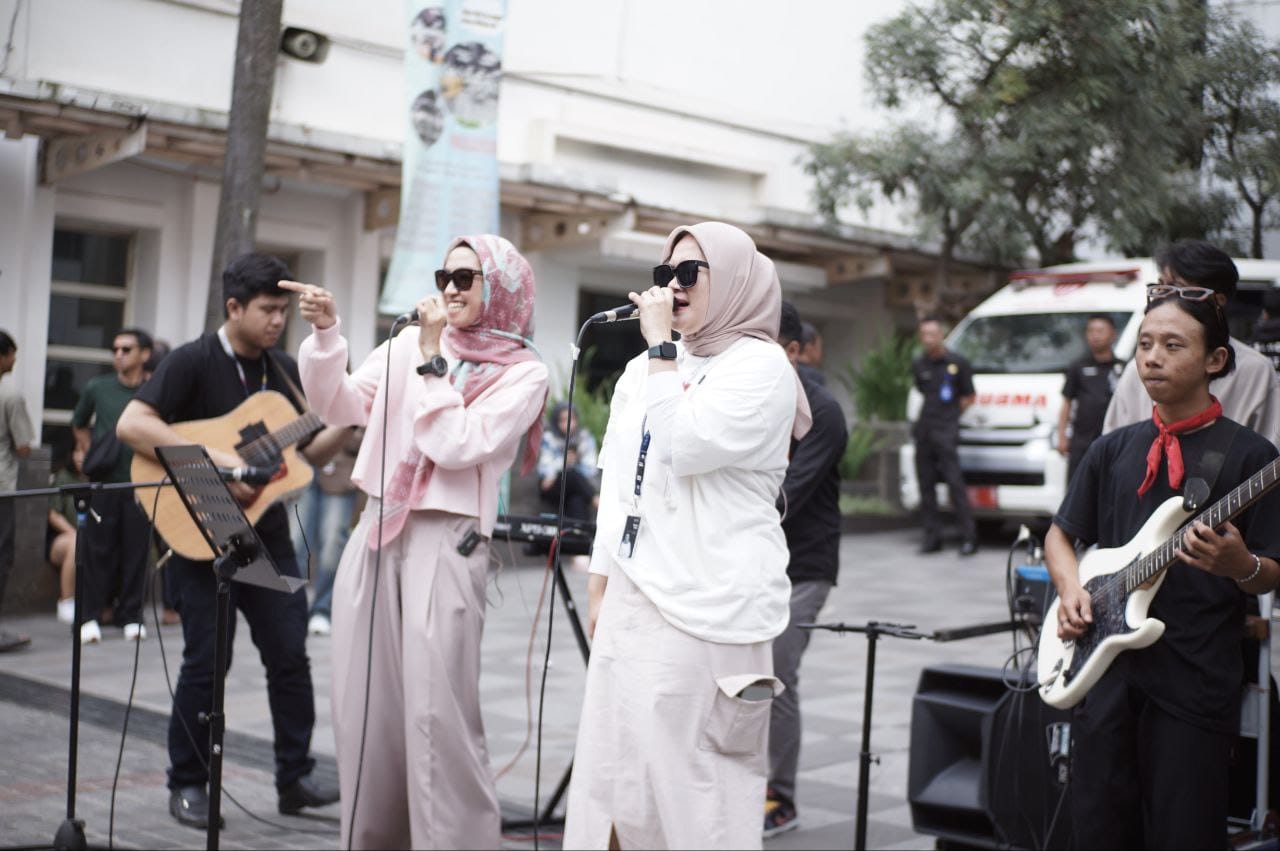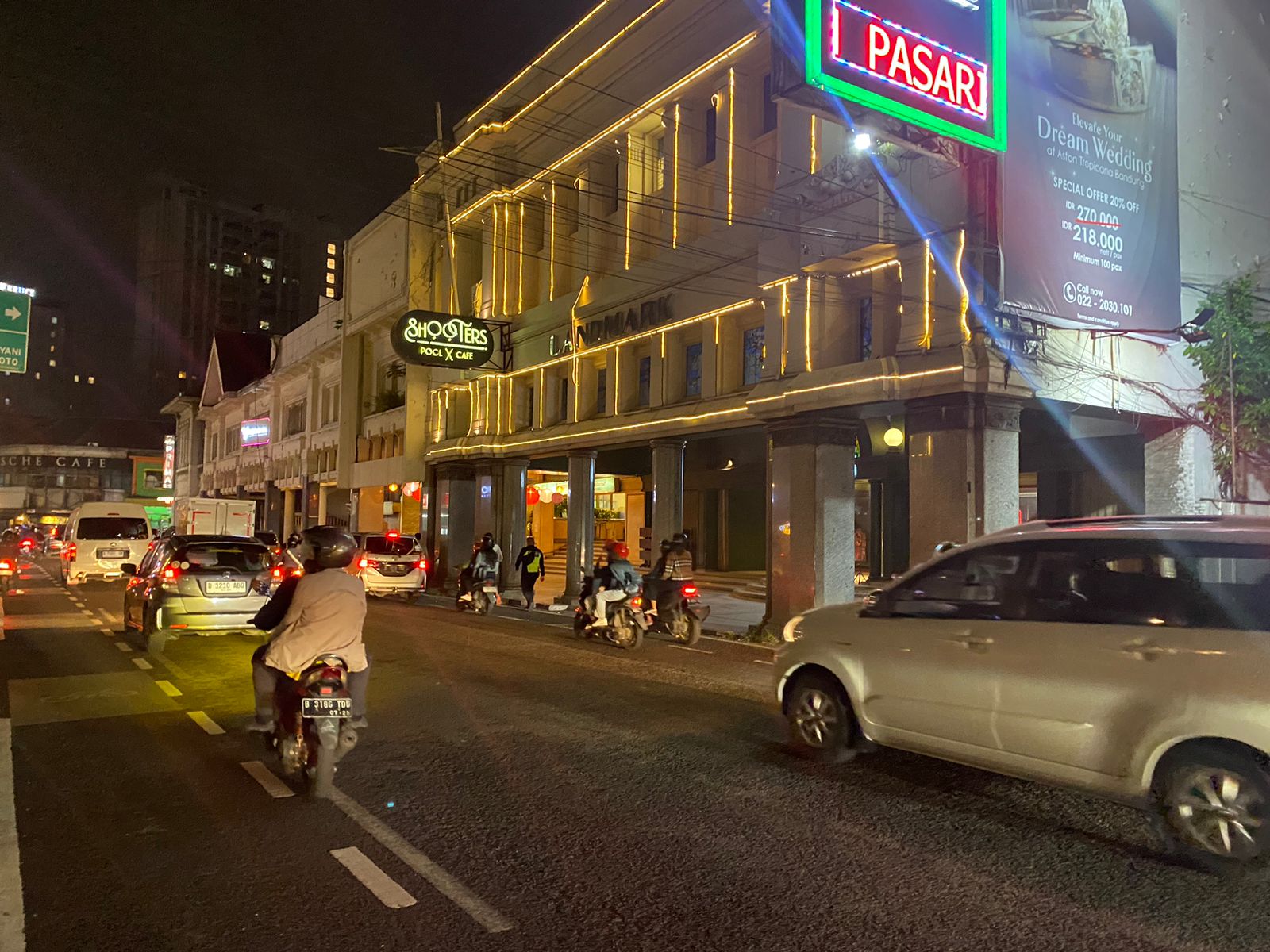This Year City Government Will Rehabilitate 1,051 Uninhabitable Houses
The Bandung City Government (Pemkot) is gradually rehabilitating uninhabitable houses (rutilahu) in all sub-districts. This can be seen from the increasing number of rehabilitation targets in 2022.
The Bandung City Government (Pemkot) is gradually rehabilitating uninhabitable houses (rutilahu) in all sub-districts. This can be seen from the increasing number of rehabilitation targets in 2022.
Head of Housing Division of the Bandung City Housing and Settlement Area (DPKP), Nunun Yanuati, said that the routine rehabilitation program is held annually with several stages and schemes.
"There is funding from the Development Plan Deliberation (Musrenbang) and recess. There is also from the province and assistance for self-help housing stimulants (BSPS) from the center," said Nunun.
However, for this year's rehabilitation, he said, the process is still being prepared through the mayor's decree. Based on DPKP data, the total number of routine units in Bandung City that have been rehabilitated since 2018-2021 is 8,306 houses.
In 2018, 3,298 units have been rehabilitated. Then, in 2019, 3,119 units were rehabilitated. Then in 2020, the Bandung City Government has rehabilitated 969 units. Finally, in 2021, there will be 920 units.
"Our target this year is to rehabilitate 1,051 units with a planned budget of around Rp. 19.8 billion," he said.
Among all sub-districts in Bandung City, Bojongloa Kidul District has the most rutilahu with 425 houses.
Nunun explained that this condition occurred because of the dense population and buildings there. So many houses are included in the rutilahu category.
"The condition is not suitable for habitation, we take it physically from the building, namely Aladin (roof, floor, wall). Usually this house has no reinforcement under it and there is no foundation, the building is easy to shake," he explained.
Even in terms of health, such as lighting and sanitation. If this does not meet, the house is classified as uninhabitable.
"If there is no septic tank, we will first check whether there is access. If there is a communal septic tank, it can be taken into account," he said.
Then, the condition of perforated walls and leaky roofs are also included in the routine category. If the floor of the house is still made of soil, this condition is also considered unfit for habitation. (din)**
Head of Discominfo Bandung
Yayan A. Brilyana




